Six exercises that protect your knees in the long run
As runners, we all hear the grief about the pounding and punishment we are putting on our knees. But it’s a true story, our knees, need care and attention in order to function. So how do you build that strong foundation, one that allows you to be a healthy runner? The answer is simple: strength training. As running’s cross-training companion strength training allows you to increase you fitness level and prevent injury; two keys to longevity in the sport. All that being said, most runners tend to skimp on strength training, but here’s four top reasons to add it to your weekly training schedule.
1) Muscle fibers are strengthened which will help prevent strained or pulled muscles.
2) Reduces or eliminates runner’s knee, along with Iliotibial (IT) band syndrome.
3) Helps avoid tendonitis, sprains, strains by strengthening connective tissue.
4) Creates a balance between muscle groups which prevents injury down the road.
For most of us, switching up your training routine with a variety of exercises and equipment not only challenges your muscles in new ways but it also helps avoid the boredom, especially if being in a gym setting is not your thing. When it comes to equipment, the BOSU ball will challenge you in new ways so it makes a great addition to your total bod strength training routine. When you’re focused on strengthening your knees, using a BOSU ball will improve foot balance, strengthen weaker muscle groups and improve core stability. Even better? All it takes is a 20 to 30-minute session to reap the rewards. Here are six exercises that will get you moving in the right direction.
Sets/Reps : 3-4 sets / 10-15 reps
As your balance improves add additional weight or increase your repetitions to 20
BOSU Squat
Flat side down – stand on the ball, feet shoulder width apart, bend your knees to 90 degrees or as deep as you feel comfortable.
BOSU 1 Leg Squat
Same as above – if you need to hold something for balance do so. Start slow, lift one leg up and start to bend the supporting knee.
BOSU Lunge
Flat side down – take one foot and place it on the ball in the center. Your other foot planted on the floor behind you. Bend your legs until you have about a 90 degree bend in both. Straighten your legs and repeat for 10-15 reps then switch legs. Keep your core engaged and try not to lean forward.
BOSU Reverse Lunge
Flat side down. Standing on the center of the ball alternate one leg stepping off the ball onto the floor. The stabilizing leg will remain bent and the leg stepping off will extend out onto the floor.
BOSU Upside Down Squat
Ball side down – have something to help you hold on to (wall) to get on the platform until you get your balance. Use your arms for balance-maintain your feet at shoulder width apart. Bend your knees to a comfortable level. Try to increase the distance you bend as you become more comfortable and balanced. Do not let the knees go past your toes. Keep your core tight. Slow and steady with this movement.
BOSU Jumping Jacks
Flat side down. Standing on the floor-one foot on each side of the BOSU. Jump onto the ball then off. Start slow then build up on your speed.



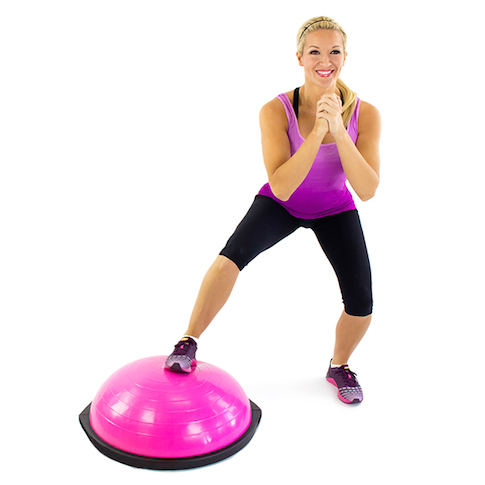
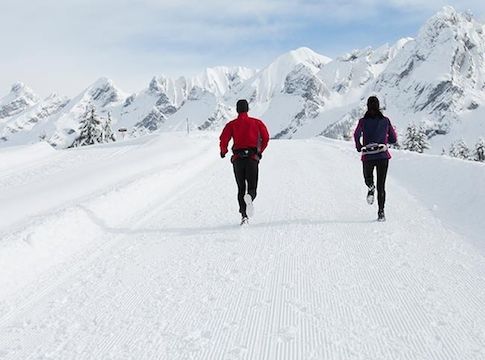




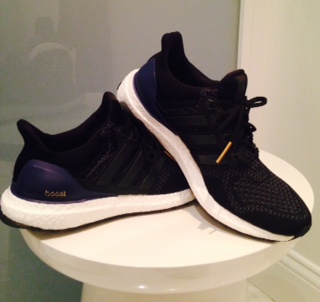
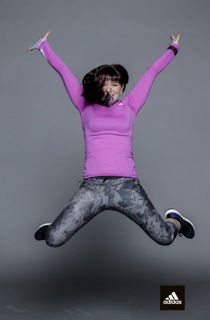
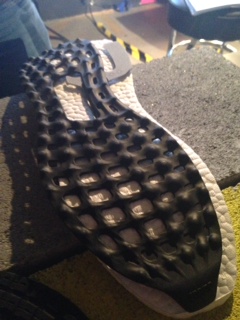



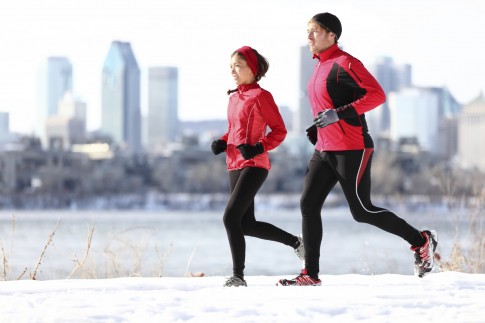



 Our Magazine
Our Magazine
